Will the action of slapping the filter cup also affect coffee extraction?
A coffee bean is made up of different flavor substances, such as sour, sweet, bitter, fragrant and so on, and their dissolution rates are different, some fast and some slow. If we want a pot of coffee to collect these delicacies without showing too much negative taste, we will sum up our previous brewing experience and achieve a relatively uniform extraction of each coffee particle in the cup by doing a good "basic work".
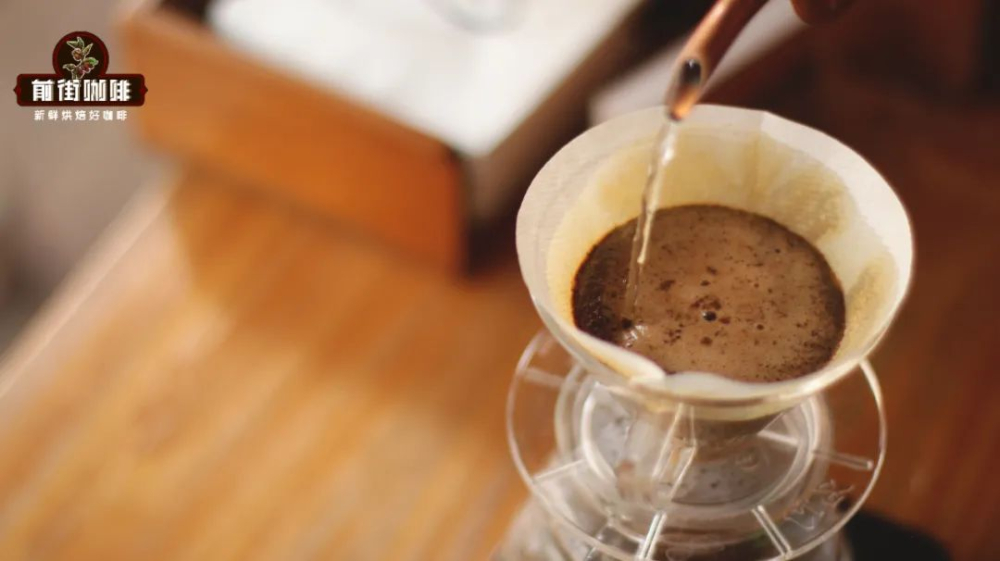
For example, the particle size of the powder is uniform, the Radian and intensity of water injection around the circle are stable, the corresponding grinding scale is adjusted according to the baking depth, and some of the ultra-fine powder is screened out. The ultimate goal of such details is to pursue uniform contact between particles and water. In addition, Qianjie noticed that many careful friends would add the action of "slapping the filter cup" before formal water injection to make the surface of the powder layer as flat as possible, but they did not know that it might be "quietly" changing the uniformity of the density of the coffee powder layer.
Please note that this is a 10-scale freshly ground Panamanian Santos rosy summer coffee powder using an EK43s bean grinder. It is visible to the naked eye that the powder bed is relatively uniform and loose, the size and shape of the particle are relatively uniform, the ultra-fine powder is attached to the larger particle surface with static electricity, and the gap between the coarse powder is obviously intermingled with particles.
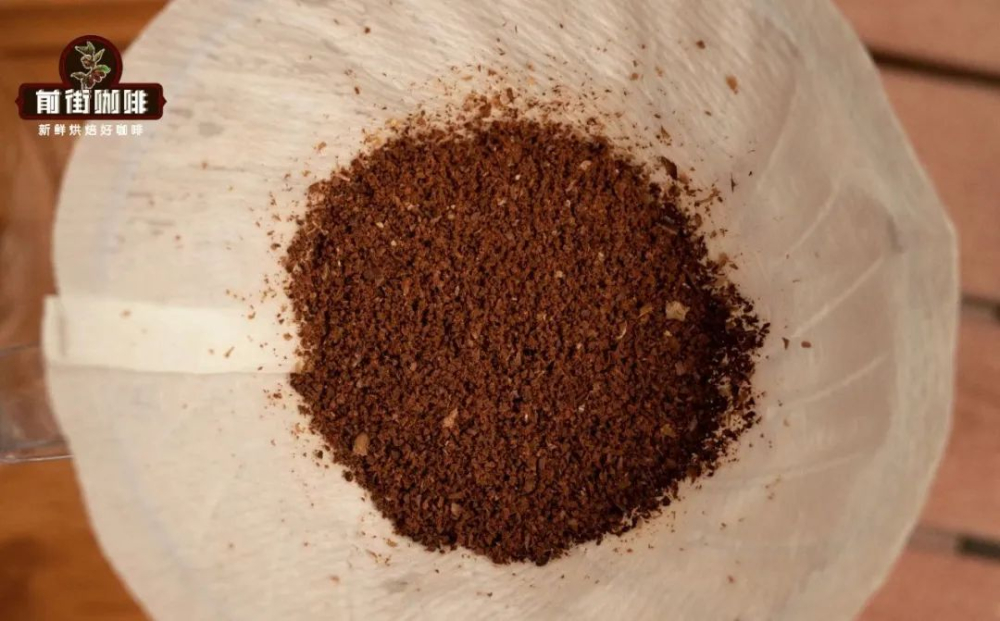
Then, after gently tapping the filter cup containing coffee powder in Qianjie for about 10 times, observe the state of the powder layer again. The upper coffee powder is almost all larger particles, and the sparse gap makes the powder bed look more fluffy. When we tilt the filter cup to either side, we found that a large amount of fine powder gathered at the bottom, making this part of the powder bed become "tamped" a lot. In other words, the vibration caused by the flapping causes the fine powder to fall from the crack to the bottom with gravity, which also changes the density of the powder layer: the density of the upper layer is small, while that of the lower layer is high.
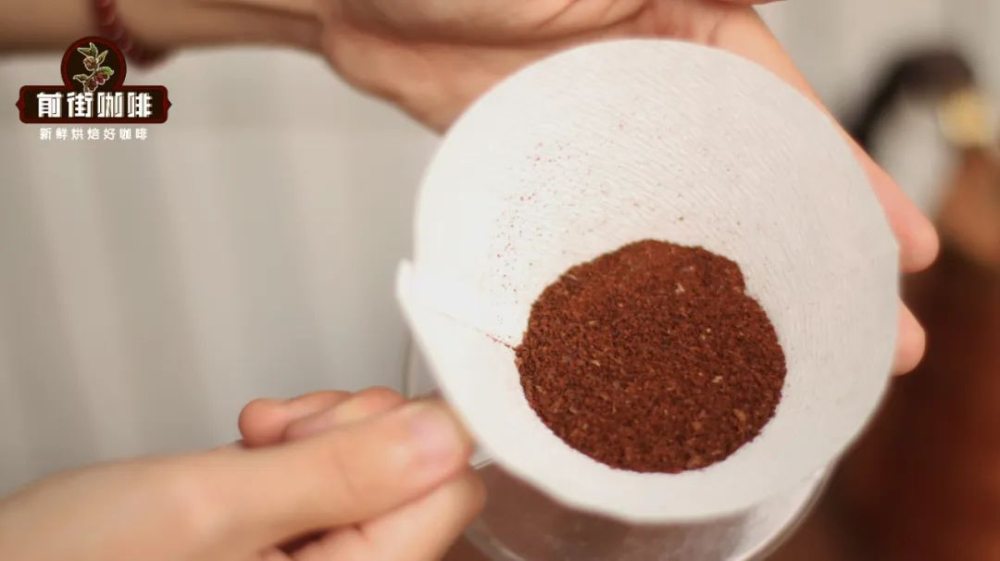
In order to verify whether the action of "multiple slaps" has any effect on coffee extraction, Qianjie simply did a comparative experiment.
Coffee beans: 15g Santos Rose Summer Grinding degree: EK43s 10 degree filter Cup: V60 Powder / Water ratio: 1:15 Water temperature: 91 ℃ three-stage water injection: 30g, 95g, 100g
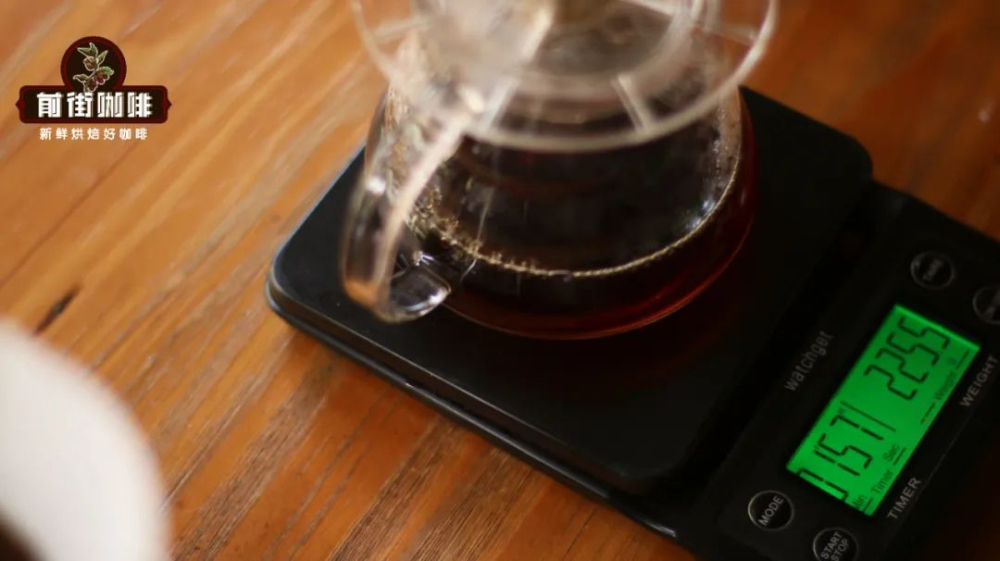
Non-beat group: in the pre-extraction stage of steaming, the particles can absorb water evenly, forming a regular "drum bag" and exhaust in advance for the formal extraction link. After the coffee liquid was filtered, the total extraction time was 1 minute and 58 seconds. The entrance of coffee is dominated by dark berry notes, accompanied by the round taste of brown sugar and sweet orange.
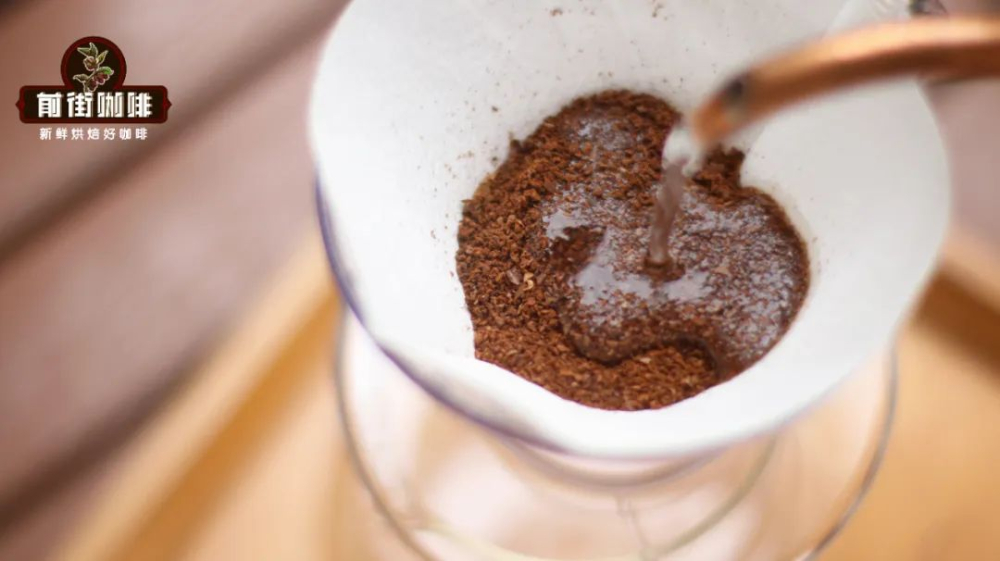
10-beat group: in the steaming stage, the hot water injected into the powder layer was not absorbed at the first time, but rushed out to the edge of the filter cup. In the subsequent segmented water injection, there will be occasional release of large bubbles and slight blockage of stagnant water in the back section, with a total filtration time of 2 minutes and 17 seconds. Coffee is mainly tea-based, the aroma is not obvious, with citrus acid and light woody flavor.
To sum up, it is not difficult to see that the hot water injected into the powder layer does not completely infiltrate the powder bed and flows into the lower pot, but appears "countercurrent" because the powder bed composed of a large number of very fine particles is too tight. Water is inert, and when it passes through coffee powder, it will choose a place with less resistance. So water is more likely to "find another way out" to the edge than a tight pile of fine powder. In this way, the powder bed will become partially moist and partly dry, which is what we often call non-ideal steaming, which will not only lead to channel effect, but also may hinder the dissolution of other substances, resulting in uneven extraction.
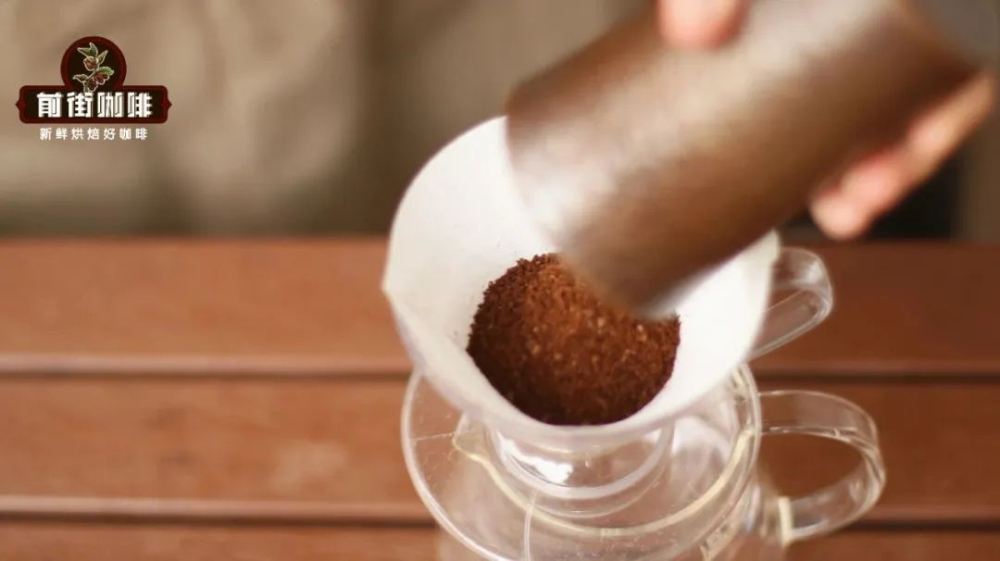
If you also have the habit of patting the filter cup frequently, and the last part of the brewing is often clogged with stagnant water, or the coffee taste is suspected of being too good, Qianjie thinks that you can master the pollination skills first, so as to reduce the necessity or frequency of slapping.
Before adding powder, you can first confirm whether there is electrostatic powder sticking in the powder cup, if so, you can gently stir with a spoon to eliminate static electricity. When you put the coffee powder into the filter cup, just pour slowly at the midline point, so that the powder will first cover the inverted triangular cone and then present the tip of a hill. At this time, there is no need to pat many times, as long as gently shake the filter cup, you can make the powder layer relatively flat, and will not affect the extraction state.
-END-
Front Street Cafe
No. 10 Baoqian street, Yandun road, Dongshankou, Yuexiu district, Guangzhou, Guangdong province
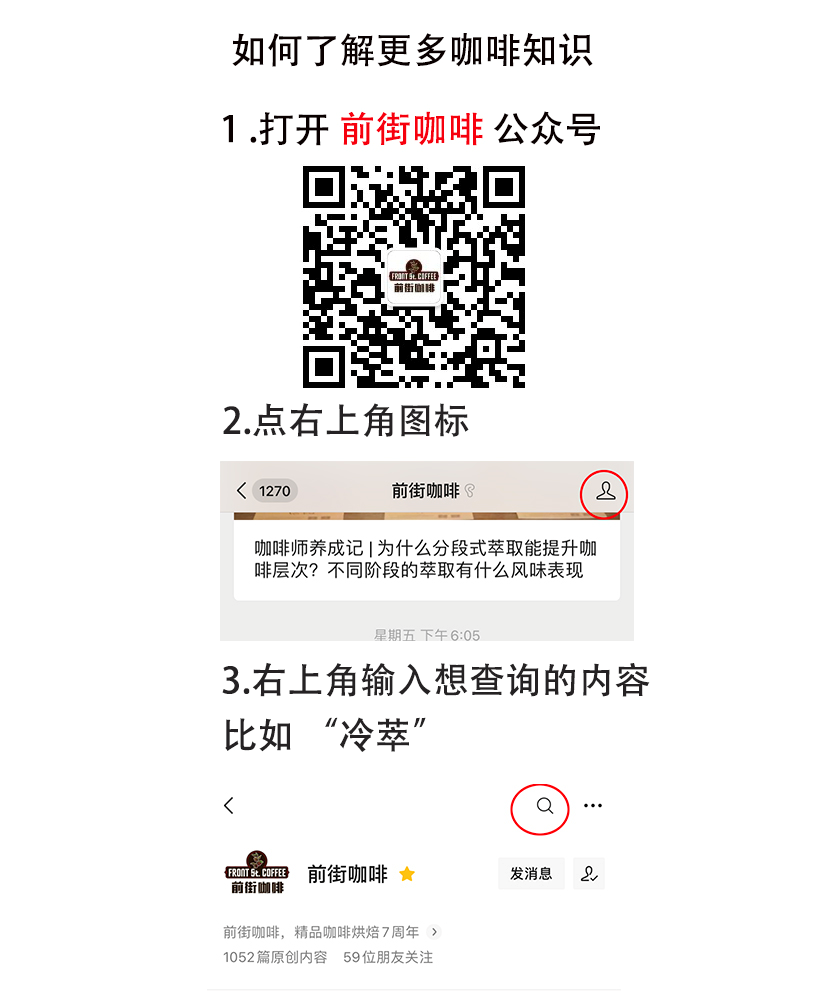
Important Notice :
前街咖啡 FrontStreet Coffee has moved to new addredd:
FrontStreet Coffee Address: 315,Donghua East Road,GuangZhou
Tel:020 38364473
- Prev

What's the difference between powder-to-water ratio and powder-to-liquid ratio?
When sharing the coffee brewing experiment in Qianjie, the word "powder-water ratio" is bound to be mentioned. Because when we make coffee, the proportion is a very important extraction parameter, it has certain conditions that can influence the concentration of coffee we finally get! However, sometimes, we will use the "powder-to-liquid ratio"
- Next

Will this little toy really make the coffee taste better? How does Lily Drip affect coffee extraction?
Hand-brewed coffee has long been integrated into the daily life of most people, and appliances like this that have the chance of turning over will usually give rise to a large number of "plug-in tools" to assist us in brewing, and today's Qianjie brings one of the interesting little toys-- "LilyDrip". But who would have thought that this cone assist
Related
- Beginners will see the "Coffee pull flower" guide!
- What is the difference between ice blog purified milk and ordinary milk coffee?
- Why is the Philippines the largest producer of crops in Liberia?
- For coffee extraction, should the fine powder be retained?
- How does extracted espresso fill pressed powder? How much strength does it take to press the powder?
- How to make jasmine cold extract coffee? Is the jasmine + latte good?
- Will this little toy really make the coffee taste better? How does Lily Drip affect coffee extraction?
- Will the action of slapping the filter cup also affect coffee extraction?
- What's the difference between powder-to-water ratio and powder-to-liquid ratio?
- What is the Ethiopian local species? What does it have to do with Heirloom native species?

